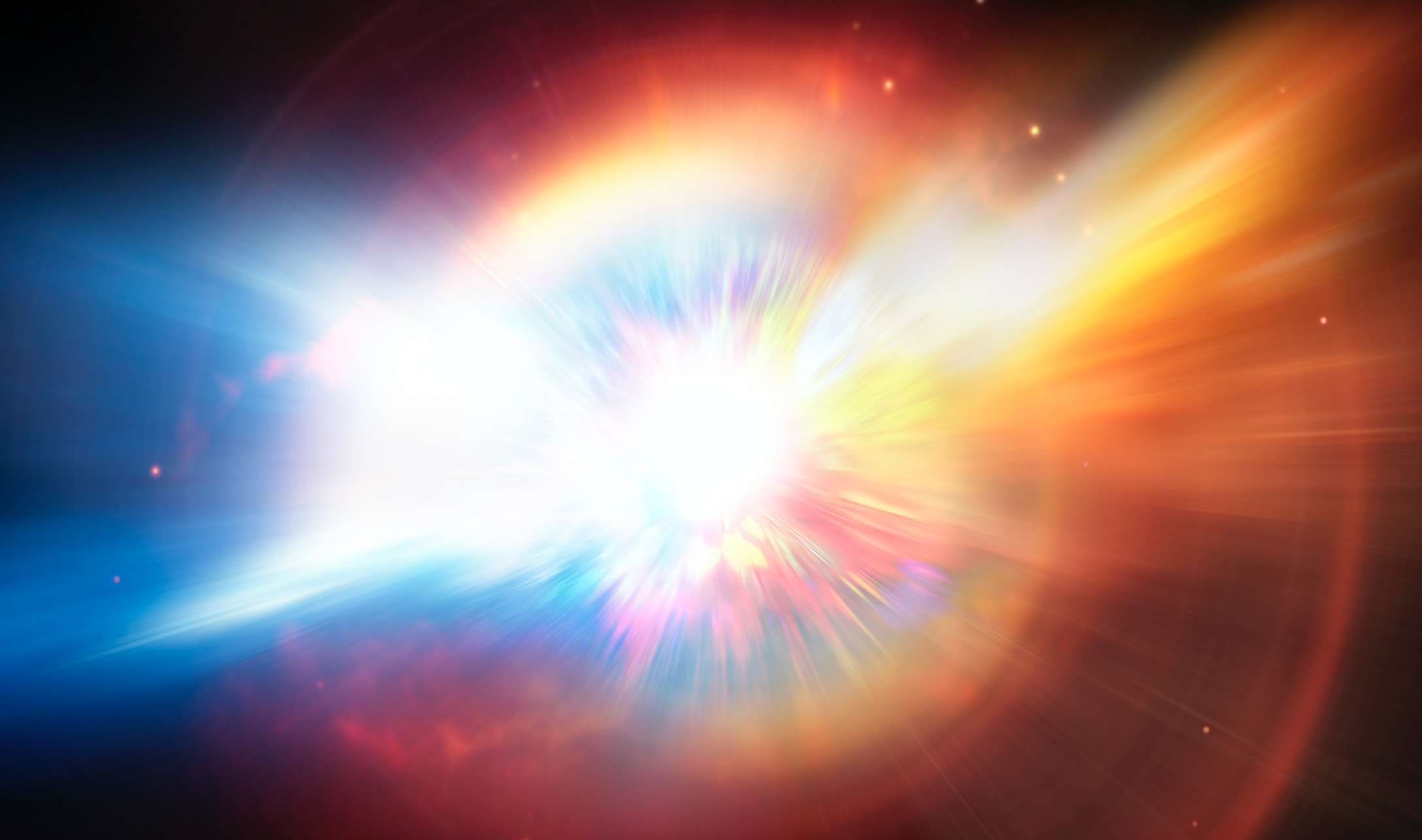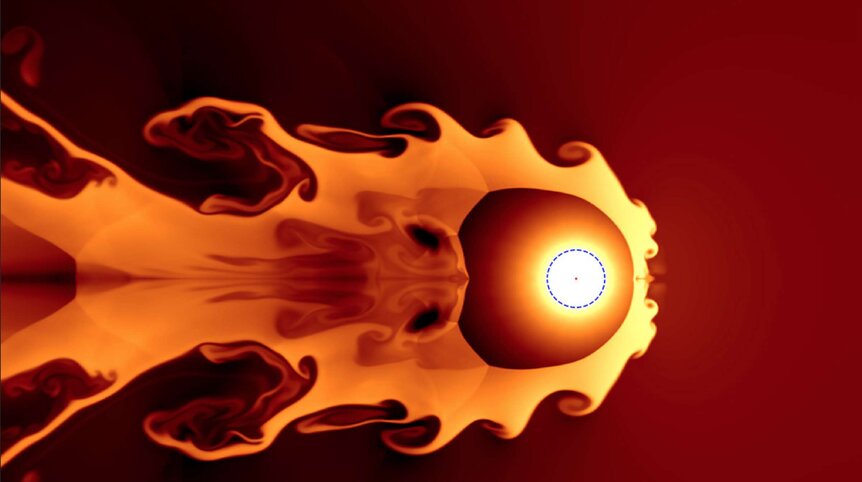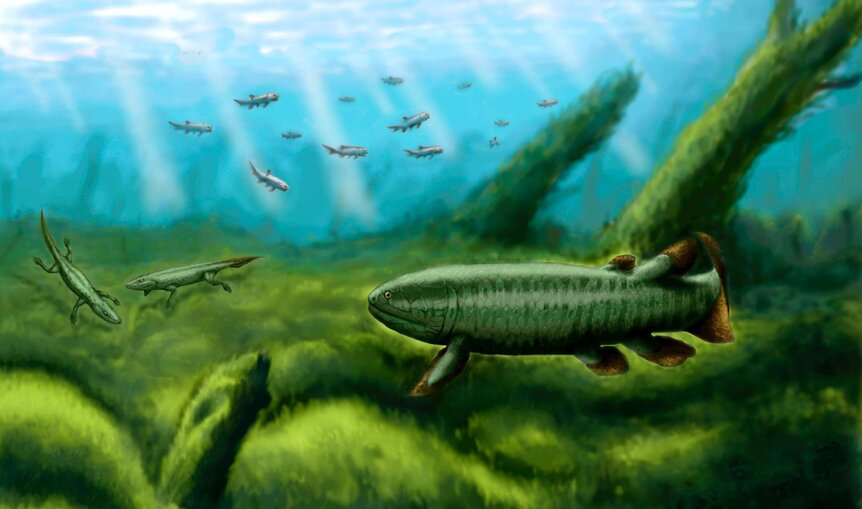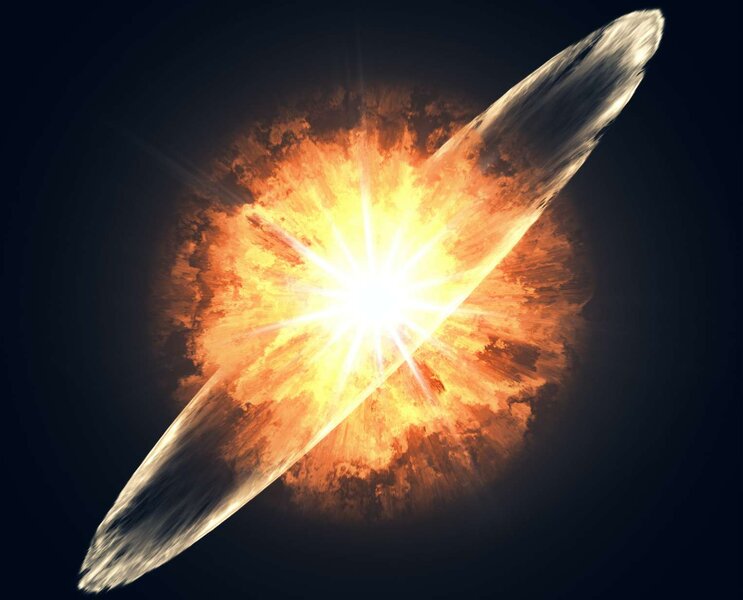Create a free profile to get unlimited access to exclusive videos, sweepstakes, and more!
Did a devastating supernova detonation cause the Devonian mass extinction?

Dinosaurs were the true kings of the world for an inconceivable 160 million years when they suddenly vanished off the planet 65 million years ago.
The prevailing theory for the mass extinction targets a region underneath the Yucatán Peninsula and the Gulf of Mexico, where the buried Chicxulub crater spans over 90 miles in diameter. It was created when a rogue 6-mile-wide asteroid or comet slammed into Earth to end the Age of Dinosaurs, along with nearly every species of flying reptile known as pterosaurs.
But this was not the only devastating mass extinction Earth has experienced, and scientists have long puzzled over another life-shattering cataclysm that occurred much earlier during the Late Devonian Period, when nearly all organisms existed in the turbulent oceans, then were eradicated by half in a slow but violent death.
Researchers at the University of Illinois led by Professor Brian Fields have put forth a feasible hypothesis that a brilliant supernova 65 light-years from Earth likely caused that particular mass extinction some 359 million years ago.
As strong evidence of this irradiating event, this team of scientists discovered radioactive isotopes in rocks of the time period and recently published their detailed findings in the online journal Proceedings of the National Academy of Sciences.
Primeval plant spores revealed within these rock specimens of the Devonian-Carboniferous boundary seem to have been dramatically scorched due to an intense saturation of ultraviolet light, presumably caused by a severe lack of atmospheric ozone when supernovae effects assaulted the Earth.
“Earth-based catastrophes such as large-scale volcanism and global warming can destroy the ozone layer, too, but evidence for those is inconclusive for the time interval in question,” Fields explained. “Instead, we propose that one or more supernova explosions, about 65 light-years away from Earth, could have been responsible for the protracted loss of ozone."
According to Fields and his inquisitive crew, this glaring supernova would have flooded the entire planet with killer doses of UV, X-, and gamma rays, thereby irradiating the life-saving, protective ozone layer with radical effects that would have continued for up to 100,000 years.
They're currently hunting for more damning evidence, specifically a pair of radioactive plutonium isotopes, plutonium-244 and samarium-146, that would only have arrived on Earth via some shocking cosmic detonation.
“When you see green bananas in Illinois, you know they are fresh, and you know they did not grow here," Fields noted. "Like bananas, Pu-244 and Sm-146 decay over time. So if we find these radioisotopes on Earth today, we know they are fresh and not from here – the green bananas of the isotope world – and thus the smoking guns of a nearby supernova.
“The overarching message of our study is that life on Earth does not exist in isolation. We are citizens of a larger cosmos, and the cosmos intervenes in our lives — often imperceptibly, but sometimes ferociously.”





























